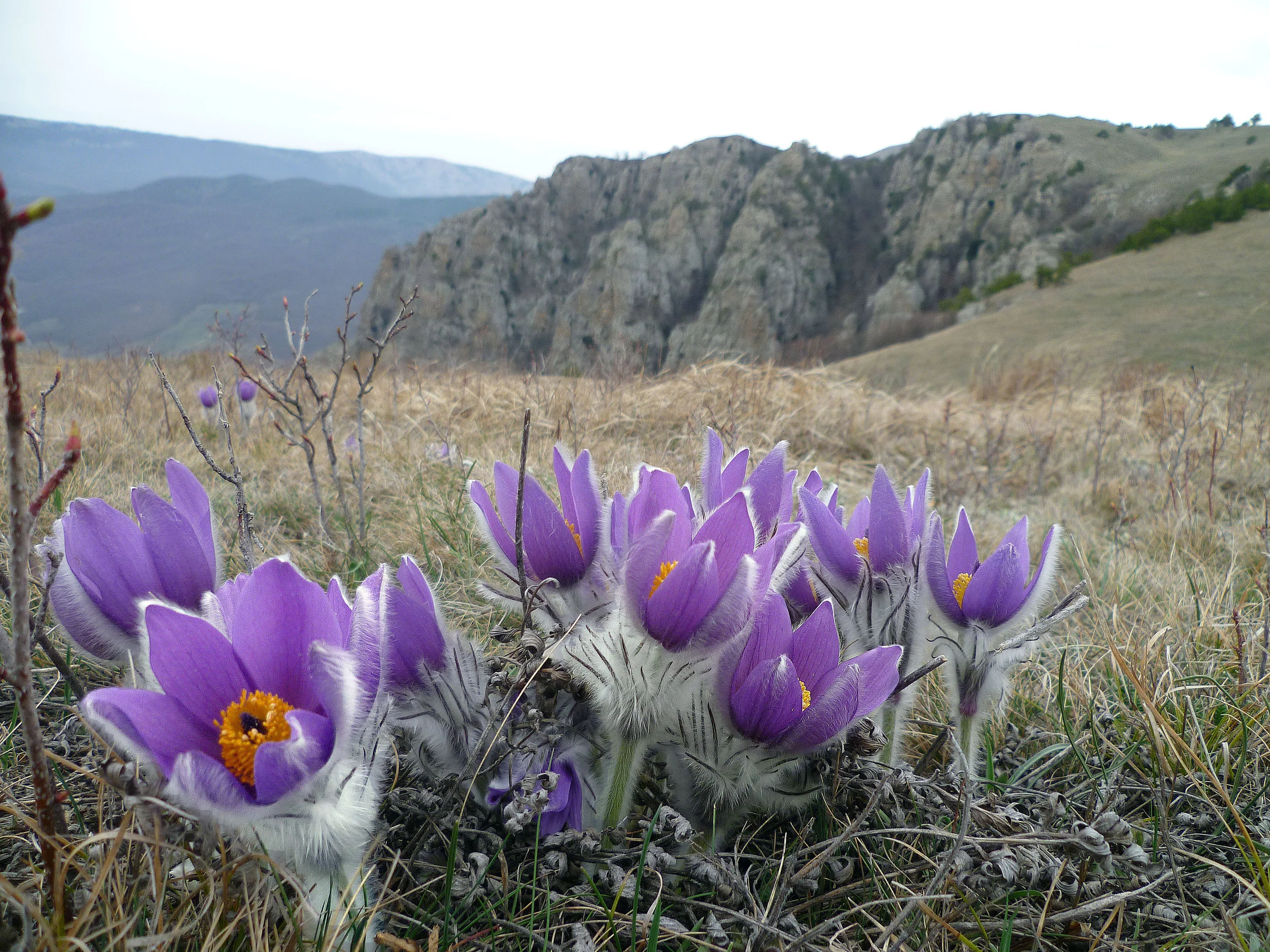This is the story of my first encounter with a hybrid fern back in the spring of 2016.
I love exploring geologically diverse areas. The more rock outcroppings the better. You never know what you are going to find in the numerous nooks and crannies, each with their own unique microclimate. This weekend a few of us decided to get out of town for a bit and explore southern Illinois. You can imagine my excitement then when I laid eyes on a rugged terrain filled with ridges and rock outcrops. With only a few days to botanize, I didn't waste any time.
The woods were alive with early spring ephemerals. Trilliums, Phacelias, Claytonias, and Dicentras filled the forest with a soft pallet of colors. Along the numerous cliff faces I was finding lots of walking ferns already awaking from the mild winter. At one point I found myself following the meandering path of a small stream. Along each side were small cliffs that were carved out of the surrounding bedrock over eons. Their appearance was softened by the myriad species of lichen and moss that carpeted their surfaces. Upon this moss, small ferns and plants are able to take root. My eye kept leaving the creek bed, finding its way along the rocks, looking for anything peculiar that might catch my eye. That's when I saw it.
Sticking out of a small hole in the rock was an interesting looking fern. At first glance I thought it was another walking fern. Something was off though. It's outline didn't look right and I had to investigate. Its fronds looked lobed. Indeed they were. This was no walking fern but I wasn't ready to jump to conclusions just yet. I pulled out my fern guide in order to confirm my suspicions.
What I was looking at was a hybrid. Not just any hybrid either. This unique looking little plant is known scientifically as Asplenium pinnatifidum - the lobed spleenwort. I was just lucky enough to be botanizing on the far western portion of its range. Although it is far more prevalent in the Appalachian Mountains, this hybrid is by no means common. I was very lucky to have spotted it.
It is the result of a chance mix between the walking fern (Asplenium rhizophyllum) and the mountain spleenwort (Asplenium montanum). My original inclination towards walking fern wasn't far off. One interesting aspect of this particular hybrids biology is that it is an allotetraploid. Instead of getting one set of chromosomes from each parent (diploid), this little fern gets a full compliment of chromosomes from each, giving it 4 copies total.
Because it has a lot of functional chromosomes to work with, the lobed spleenwort is fertile. As such, experts have given it the designation of a true species. It can even go on to produce subsequent hybrids. It has been reported to hybridize with other members of the genus Asplenium, however, the offspring produced from these crosses are usually sterile.
I looked around the area to see if I could find more. In total I only saw two. That's not to say more aren't out there. There are plenty of rock ledges and cliffs that make this region so uniquely beautiful. It is likely that this hybrid fern has unknown populations growing out of reach of watchful eyes. Long may it be that way.
Further Reading: [1] [2] [3]






![Traverse section of a Gunnera stem showing cyanobacteria colonies (C) and the cup-like structures (S) where they enter the stem. [SOURCE]](https://images.squarespace-cdn.com/content/v1/544591e6e4b0135285aeb5b6/1554817873192-NHJDSUCEACL2Q9TLEJUP/gunnera.JPG)









![Photo by George Poinar [SOURCE]](https://images.squarespace-cdn.com/content/v1/544591e6e4b0135285aeb5b6/1455896993114-KLFR2FBF2IHRR697QZMI/image-asset.jpeg)











